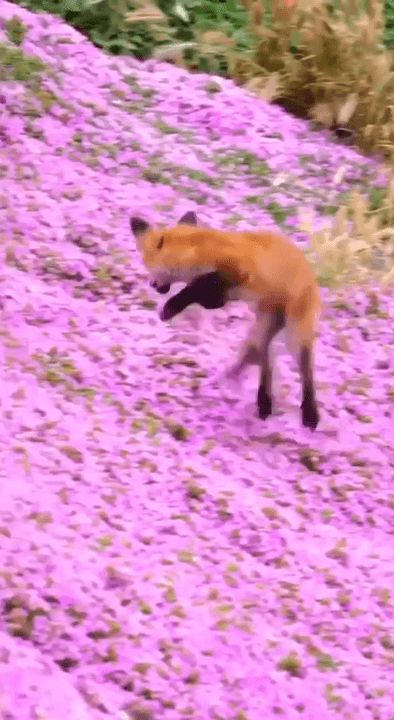
Deforestation in Borneo threatens three endangered, endemic plant species The rampant deforestation for monoculture plantation and logging in western Indonesian Borneo has exacerbated the extinction
Post: 6 December 09:29

Post: 6 December 09:29

Post: 17 August 18:50

Post: 6 December 09:26

Post: 7 March 18:35

Post: 12 December 09:14

Post: 12 August 18:11

Post: 13 August 09:09

Post: 8 July 13:26

Post: 28 January 02:16

Post: 2 August 17:52

Post: 6 July 09:28

Post: 13 May 20:17

Post: 10 January 00:06

Post: 18 February 22:21

Post: 14 October 14:50

Post: 18 September 19:25

Post: 4 September 23:22

Post: 2 September 12:30

Post: 29 August 13:45

Post: 22 August 11:47

Post: 6 August 12:56

Post: 30 July 09:54

Post: 29 July 12:04

Post: 28 July 09:42

Post: 28 July 07:55

Post: 25 July 13:27

Post: 23 July 14:22

Post: 23 July 14:02

Post: 22 July 14:00

Post: 21 July 07:57

Post: 18 July 14:25

Post: 11 June 22:24

Post: 29 March 01:22

Post: 25 February 10:06
Post: 22 October 09:58

Post: 30 August 17:52

Post: 1 February 18:23

Post: 29 December 09:21

Post: 11 October 09:37

Post: 16 December 10:19

Post: 15 May 22:13

Post: 16 May 17:16

Post: 15 October 10:20

Post: 2 July 09:07

Post: 31 October 23:18

Post: 1 September 11:05

Post: 25 September 19:44

Post: 4 September 07:41

Post: 29 August 09:33

Post: 25 August 08:28